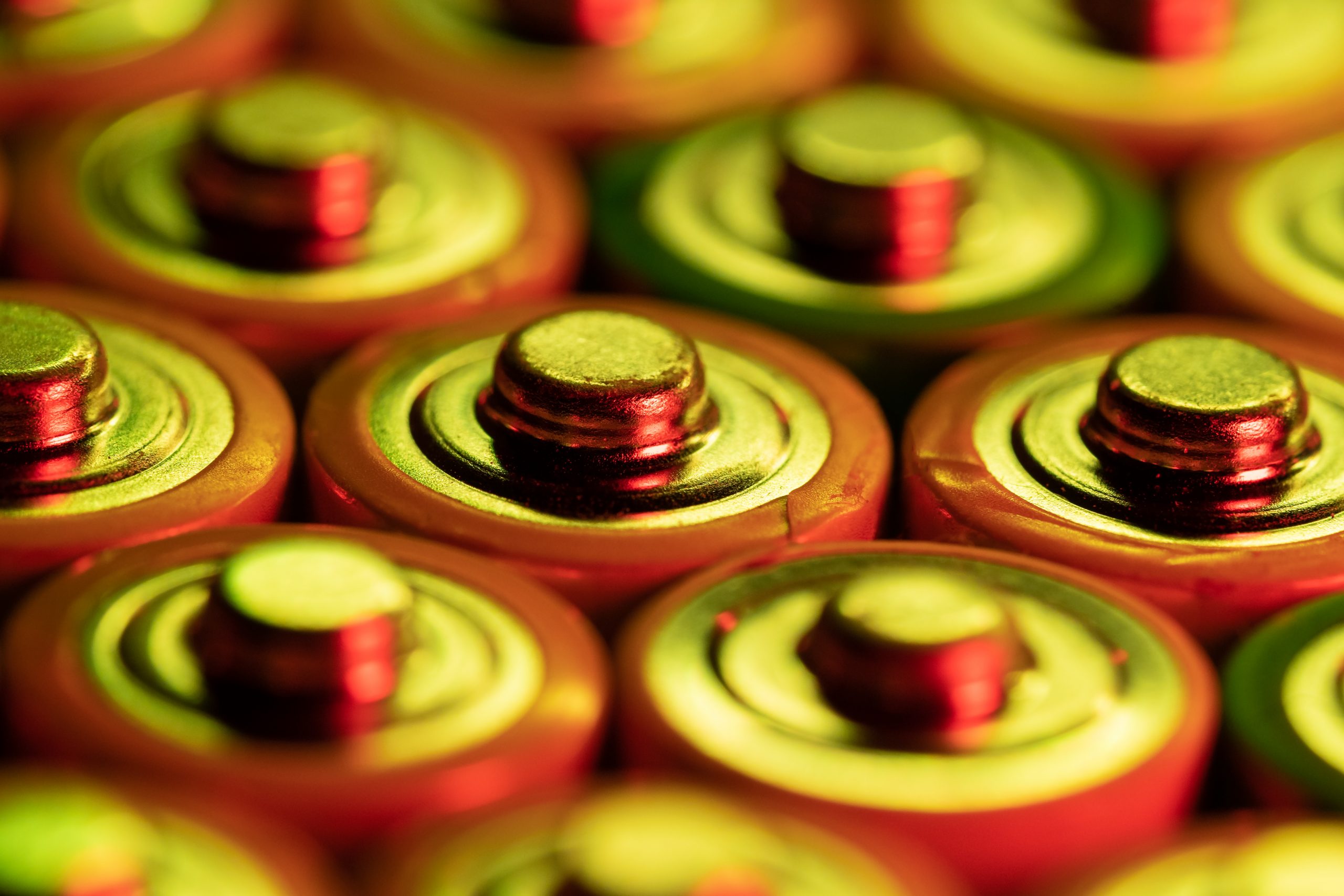13. Suppression Techniques: Choosing the Right Approach for Each Fire
When it comes to fire suppression, different types of fires require specific techniques to effectively suppress or extinguish them. Understanding the characteristics of different fire types and selecting the appropriate suppression technique is crucial for successful fire mitigation. Let’s explore some common suppression techniques and their applications:
1. Water-Based Suppression:
Water-based suppression techniques are widely used and effective for controlling fires involving solid combustible materials (Class A fires) such as wood, paper, and fabrics. Water helps cool the fuel and reduce the temperature, thereby extinguishing the fire. Common water-based suppression methods include:
– Sprinkler Systems: Automatic sprinkler systems release water when a fire is detected, effectively suppressing the flames and controlling fire spread.
– Fire Hose Systems: Fire hoses connected to a reliable water source can deliver a high-volume water stream to extinguish fires.
2. Foam-Based Suppression:
Foam-based suppression techniques are ideal for combating fires involving flammable liquids (Class B fires) such as gasoline, oil, or solvents. Foam blankets the liquid, creating a barrier that prevents the release of flammable vapors and suppresses the fire. Foam-based suppression methods include:
– Foam Sprinkler Systems: These systems release foam when activated, covering the surface of the flammable liquid and smothering the fire.
– Foam Generators: Foam generators are portable devices that can be used to apply foam directly onto the fire.
3. Dry Chemical Suppression:
Dry chemical suppression techniques are effective for extinguishing fires involving flammable liquids (Class B fires) and flammable gases (Class C fires). Dry chemical agents inhibit the chemical reaction of the fire and create a barrier between the fuel and oxygen. Common dry chemical suppression methods include:
– Dry Chemical Fire Extinguishers: Portable fire extinguishers filled with dry chemical agents, such as ABC or BC powders, can be used to suppress small fires.
– Fixed Dry Chemical Systems: These systems release dry chemical agents automatically when a fire is detected, providing wide-area protection.
4. Clean Agent Suppression:
Clean agent suppression techniques are suitable for protecting sensitive equipment, data centers, and areas with valuable assets. Clean agents are gaseous substances that work by removing heat from the fire and displacing oxygen, thereby extinguishing the fire without leaving residue or causing damage. Clean agent suppression methods include:
– Clean Agent Fire Suppression Systems: These systems utilise gases like FM-200, Novec 1230, or Inergen to suppress fires effectively while preserving the integrity of the protected area.
5. Specialised Suppression Techniques:
Some fire hazards require specialised suppression techniques tailored to their unique characteristics. Examples include:
– Carbon Dioxide (CO2) Suppression: CO2 is used for suppressing fires involving flammable liquids and electrical equipment. It displaces oxygen, smothering the fire.
– Wet Chemical Suppression: Wet chemical agents, such as potassium acetate, are specifically designed for suppressing fires in commercial kitchens and cooking areas where cooking oils, fats, and grease are present.
Choosing the right suppression technique depends on factors such as the type of fire, the nature of the fuel, the environment, and regulatory requirements. Fire suppression specialists can assess your specific needs and recommend the most suitable suppression technique for optimal fire protection.
In the next section, we will explore the importance of regular maintenance and inspection of fire suppression systems to ensure their reliability and effectiveness. Join us as we continue our journey through the world of fire suppression and its critical role in fire safety.
To go back and read again 12. Activation Methods: Initiating Fire Suppression System Response or to go forwards go to 14. Fire Suppression Standards and Regulations: Ensuring Compliance you will have to wait until tomorrow.
If you have any queries please contact us now!







